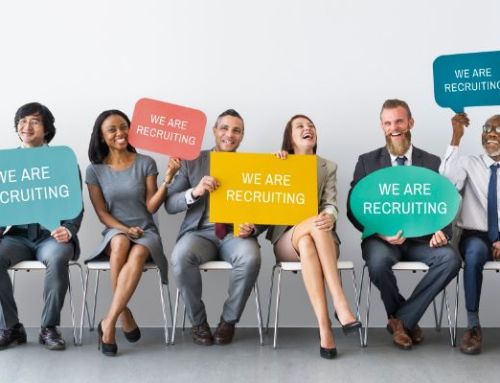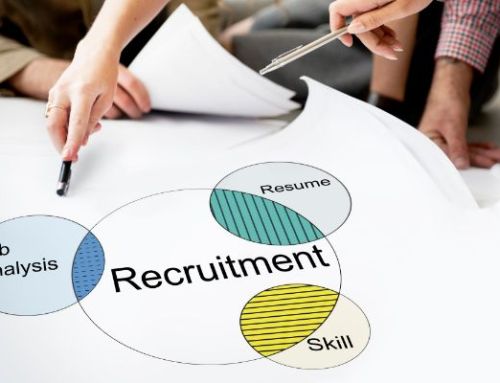Gamification at work can be hard to justify to those who don’t know the science – “work isn’t there to be enjoyed” they say. But the simple truth is that if the process has been shown to increase staff happiness, and as a result productivity. Whilst still a fairly new idea, gamification techniques in the workplace are constantly being developed and looks to be getting more innovative with each business quarter.
Gamification is the idea of taking the concept, skills and design of games and implementing them in a work environment. The aim is to make work into a state of play, competition, and to even create addiction-like behaviour in employees. It can also be used to attract the best candidates during the recruitment process, whilst incentivizing and retaining the employees you already have.
Gamification And Engagement – What Are The Employee Benefits?
A Gamification found that one of the primary functions of gamification is to keep people engaged at work. Only 31.5% of US employees are found to be fully engaged at work – a figure that dips amongst millennials. And with millennials set to become 75% of the global workforce by 2027, could gamification be the solution to keep employees as enthusiastic on their work as they are about Pokémon Go?
The introduction of a game-like performance-based system of work means employees have a hard target and result from their work which makes them realise the rewards of the effort put in. An ideal game system will re-frame the standardised work and create goals and rewards to pursue. A sales employee, for example, might get individual rewards or badges for reaching benchmarks for routine cold-calls, successful sales, or resolved customer calls.
A dramatic increase in engagement is often reported when games are used as part of a day at work. According to Badgeville, a leading supplier of workplace gamification, some companies have raised user engagement by 40%.
What Are The Disadvantages?
Nevertheless, with all burgeoning concepts, there are certain aspects that can prove difficult to manage. While it has been successful in a sales setting, where the competitive element is a tremendous motivator, it can be toxic in an environment where teamwork is necessary.
Also, gamification at work is essentially mandated fun – a very dangerous concept if employees feel like they are being forced to compete against each other. As gaming evangelist Jane McGonigal says,
“When a company insists its employees play along it stops being a game and becomes a form of coercion”.
Gamification At Work – Case Studies
Despite these potential shortcomings, it seems that for many the benefits outweigh the negatives, Gamification as a way of staff interacting with their work.
Perhaps one of the largest companies to use gamification as a form of training is McDonald’s. When introducing a new till service they added a game element to make sure training was done away from any risk and loss of customers. The game sees employees serving virtual customers against the clock, judging them on speed as well as keeping the customer happy.
Air Cargo Netherlands had a similar idea when they produced a game version of their logistics system, called “Smartgate”. It was used to help employees understand a certain way of thinking about the job, i.e. imagining it as a chain link, whilst also illustrating the consequences of their decisions without risk to the company.
PwC use gamification in their search for new talent via a game called “Multipoly”. Candidates can use the game to find out if they have the potential to work for the company and fit in to their ethos. The game also groups people together to find solutions to real world business problems.
Conclusion
It may be a few years until employees decide if it should go mainstream, but gamification is certainly growing as a HR method. Millennial workers will have been weaned on computer game world and so playing might not be as alien to them as those. Gamification is catering to them and seems to be a new frontier of what work could look like in the future.
Download the white paper and see how you can create an integrated, engaging employee experience using people analytics!
Image licensed from Depositphotos






Leave A Comment